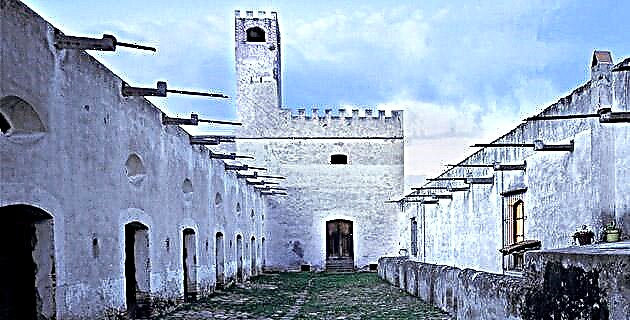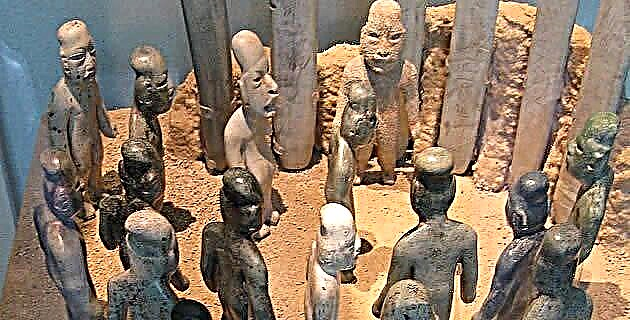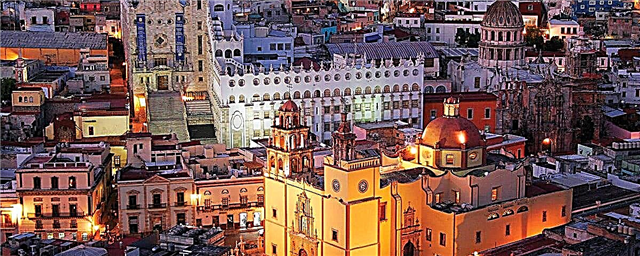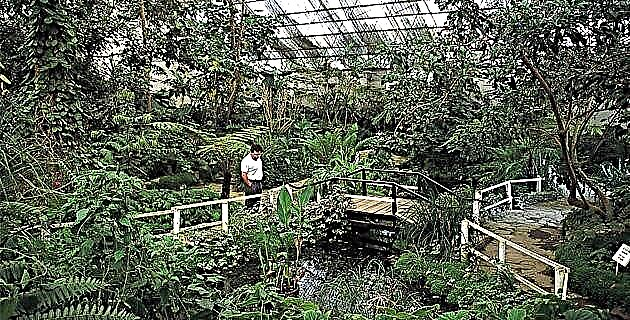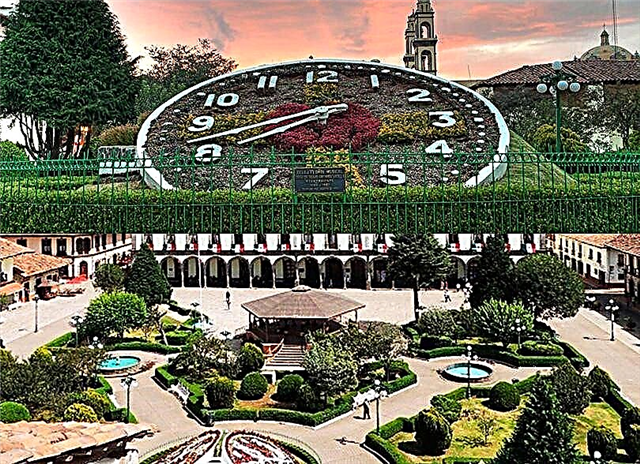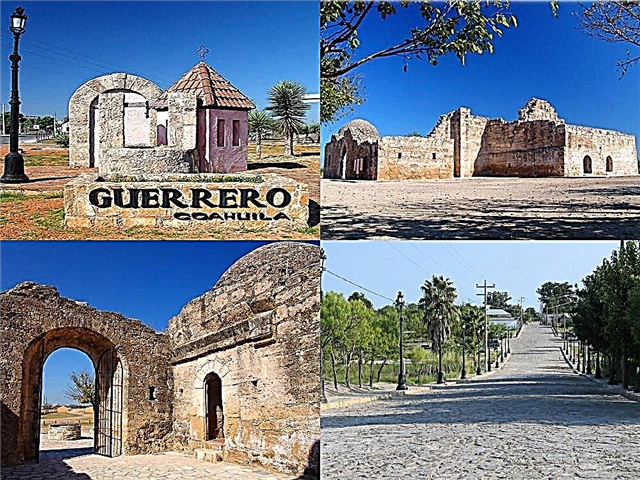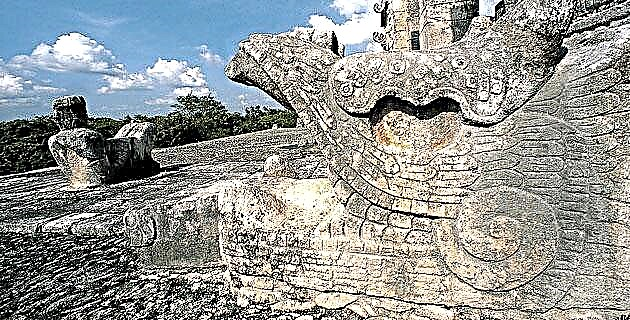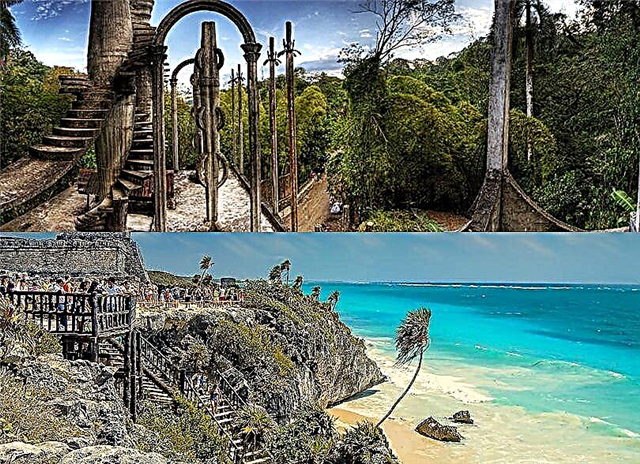In addition to its wide variety of customs and rich culture, Mexico is known for having hosted several of the most advanced Mesoamerican civilizations in history.
Whether they are the Mayans, the Aztecs, the Olmecs or any of the others, they were characterized by leaving a legacy in the arts and sciences, and both aspects can be appreciated in their constructions.
Therefore, if you visit Mexico, there are certain archaeological sites that you cannot miss to understand their historical relevance. Which are? Next I will name the 26 most important ones.
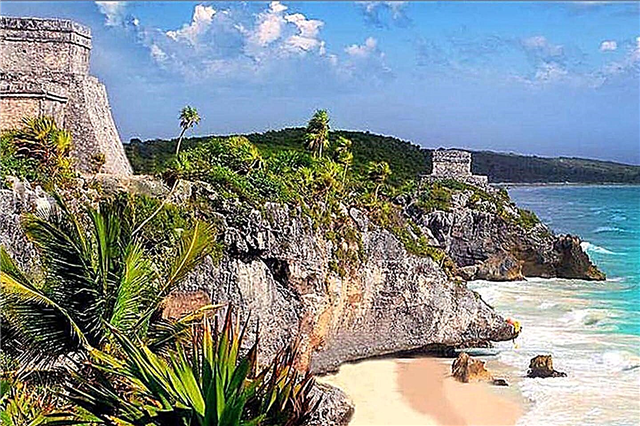 Located in Quintana Roo, Tulum represents the meeting of two vital aspects for the Mayan civilization; commerce and religion.
Located in Quintana Roo, Tulum represents the meeting of two vital aspects for the Mayan civilization; commerce and religion.
This, because its buildings were part of an ancient trade circuit for its inhabitants, as well as a series of temples to worship the God Kukulkan.
In addition, among its stone castles there is an open observatory, where the Mayans studied the constellations and the movement of the planets.
As if that were not enough, the heights of this archaeological site lead to the most beautiful coasts of the Caribbean, less than an hour from Playa del Carmen, so the view from Tulum is an experience that you should definitely live.
Chichen Itza
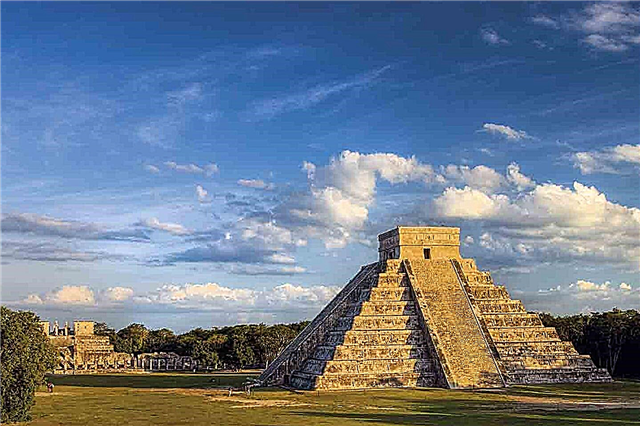 Located in the Yucatan peninsula, it is one of the most famous archaeological sites in Mexico for practically covering an entire city and for the good state of conservation of its monuments.
Located in the Yucatan peninsula, it is one of the most famous archaeological sites in Mexico for practically covering an entire city and for the good state of conservation of its monuments.
Among its ruins rises the famous pyramid known as El Castillo, where from its 9 floors the Mayans claimed to observe the descent of the Serpent God.
It also stands out for its impressive Big Ball Game field, with stone hoops on the heights of the walls, and its stone monuments in tribute to the great fallen warriors.
Its impressive architecture and archaeological importance have made Chichen Itzá considered one of the 7 wonders of the modern world.
Cobá
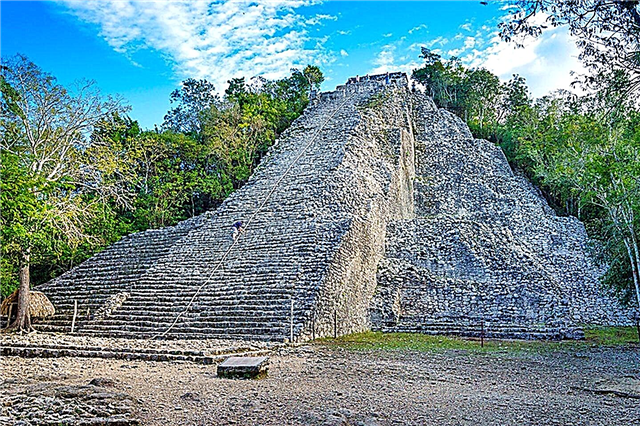 One of the multiple archaeological constructions found in Quintana Roo, about 90 km from the magnificent city of Chichen Itzá and 40 km from Tulum, Cobá allows us to contemplate in greater depth the ancient Mayan thought.
One of the multiple archaeological constructions found in Quintana Roo, about 90 km from the magnificent city of Chichen Itzá and 40 km from Tulum, Cobá allows us to contemplate in greater depth the ancient Mayan thought.
Its main attraction lies in its natural elevation of land on which the pyramid of Nohoch Mul was built, which covers a total of 2,400 square meters.
In addition to contemplating its monuments, in Coba there are currently artisan and ceramic workshops open to the public, this being of great interest to those who seek to participate themselves in the ancient Mayan traditions.
Uxmal
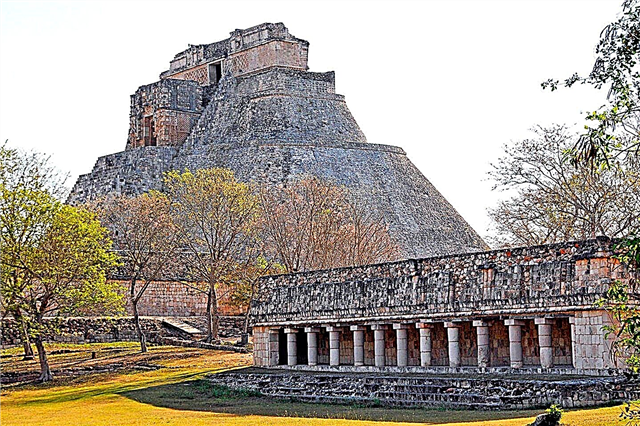 A cobbled city that rises in the heights of the heavens, could be the best way to describe the archaeological remains of Uxmal in the municipality of Santa Elena, in Yucatán.
A cobbled city that rises in the heights of the heavens, could be the best way to describe the archaeological remains of Uxmal in the municipality of Santa Elena, in Yucatán.
The vast majority of its temples and palaces are in perfect condition, making it a unique opportunity to study the works of the Mayans.
Its most important attractions are both the hydraulic system for the use and conservation of drinking water, which still works today, and the famous Pyramid of the Magician, whose temple at the top keeps all kinds of ancestral secrets.
Dzibanché
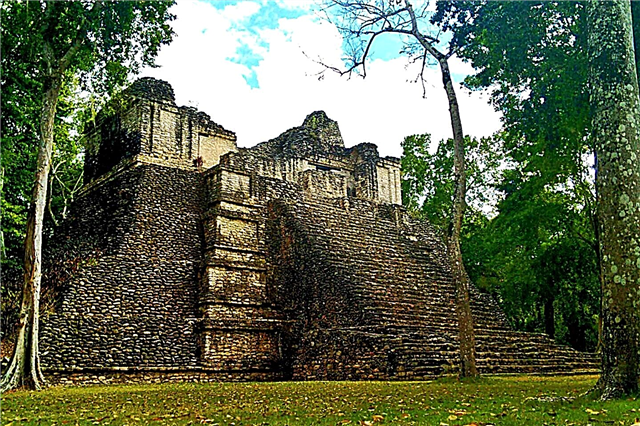 It is considered one of the most important settlements of the Mayan civilization that you can find south of Quintana Roo.
It is considered one of the most important settlements of the Mayan civilization that you can find south of Quintana Roo.
Many scholars consider that this archaeological site began as a small agricultural village, but with the passage of time various stone constructions were developed until it became the city that you can find today.
The tour of the structures and temples of Dzibanché is a visit that you will not regret, if you are looking for important archaeological monuments.
Also read our guide on the 15 things to do and see in Tulum
Palenque
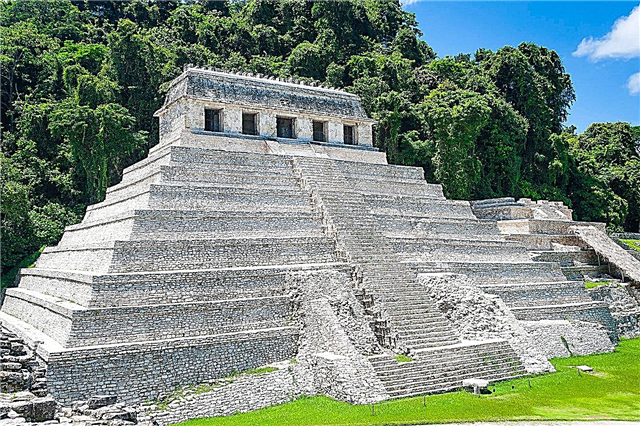 Thanks to its impressive sculptures and buildings, located in the state of Chiapas, Palenque is considered one of the cultural heritage works of humanity.
Thanks to its impressive sculptures and buildings, located in the state of Chiapas, Palenque is considered one of the cultural heritage works of humanity.
On the walls of monuments such as the Great Palace, the Temple of the Inscriptions and that of the Foliated Light, you can find stories that narrate the creation of man and the universe according to the Mayan culture.
In the tomb of Pakal II, for example, there are illustrations in which spaceships and archaic astronaut suits are recognized, which is mysterious at least due to the age of its ruins.
Tajin
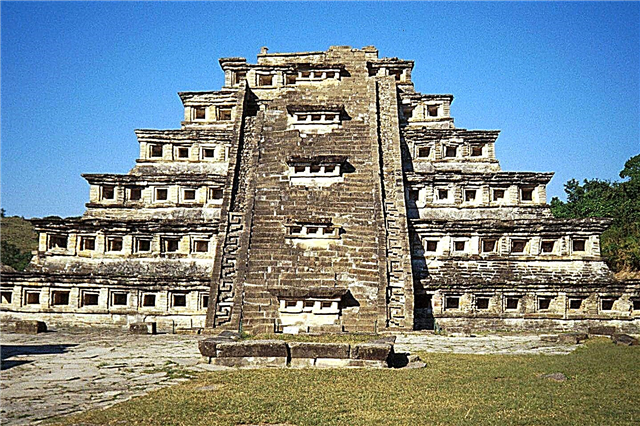 If you are in search of the best elaborate architectural works of the ancient Mesoamerican culture, visiting Tajín in Veracruz becomes practically an obligation.
If you are in search of the best elaborate architectural works of the ancient Mesoamerican culture, visiting Tajín in Veracruz becomes practically an obligation.
Both for the reliefs of its constructions, its magnificent finishes and its variety of murals painted and decorated with precious stones, Tajín becomes an archaeological site worth studying.
In addition, having been inhabited for more than 900 years, you will be able to observe the evolution of its works over the course of time.
Teotihuacan
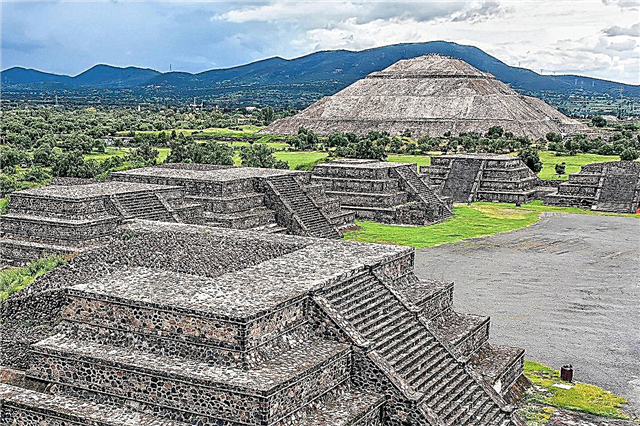 One of the emblems of Mexican heritage, located in the Greater State of Mexico, so important to the Mayan culture that its meaning in Nahuatl means "City of the Gods."
One of the emblems of Mexican heritage, located in the Greater State of Mexico, so important to the Mayan culture that its meaning in Nahuatl means "City of the Gods."
Its extension covers almost 300 square km, where you can find important monuments such as the Citadel and the Temple of the Feathered Serpent, as well as the pyramids of the Sun and the Moon.
Touring and fully studying the Teotihuacán works is a full day's work, so be sure to take enough time to make your visit as complete as possible.
Paquimé
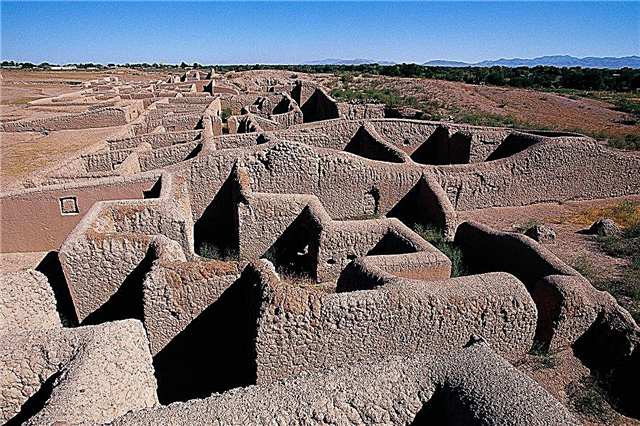 Of the few archaeological sites that you can find in northern Mexico, Paquimé is an ideal alternative if you are visiting Chihuahua, which is considered a world heritage site by Unesco.
Of the few archaeological sites that you can find in northern Mexico, Paquimé is an ideal alternative if you are visiting Chihuahua, which is considered a world heritage site by Unesco.
Their constructions of earth and adobe are extraordinary considering the arid climate to which they had to adapt to survive, in which you will find houses, labyrinths and even special constructions for macaws and turtles.
It is believed that its location was precisely planned, due to the spectacle of lights and shadows that form in its labyrinths after sunset.
Yaxchilan
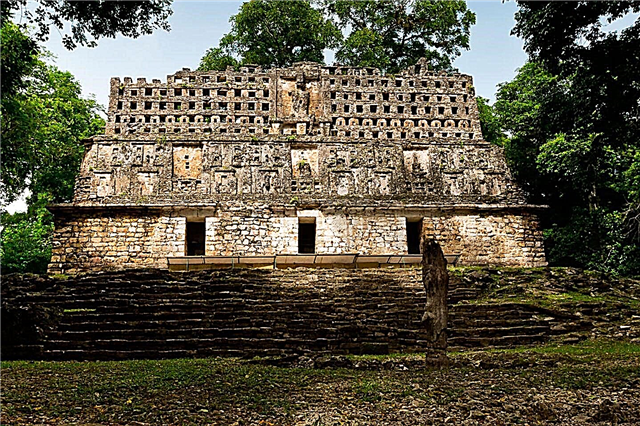 Located in the city of Chiapas, Yaxchilán is undoubtedly a hidden city from any other form of civilization, to the point that it is only accessible by boat crossing the Usumacinta River.
Located in the city of Chiapas, Yaxchilán is undoubtedly a hidden city from any other form of civilization, to the point that it is only accessible by boat crossing the Usumacinta River.
Its archaeological importance does not lie so much in the magnitude of its constructions, but in the cultural wealth that the texts of its altars, walls and other works house.
From the highest point of its buildings, you will be able to contemplate a wonderful view of the meandering river of Usumacinta, the Lacandona jungle and the green landscape of its surroundings.
Monte Alban
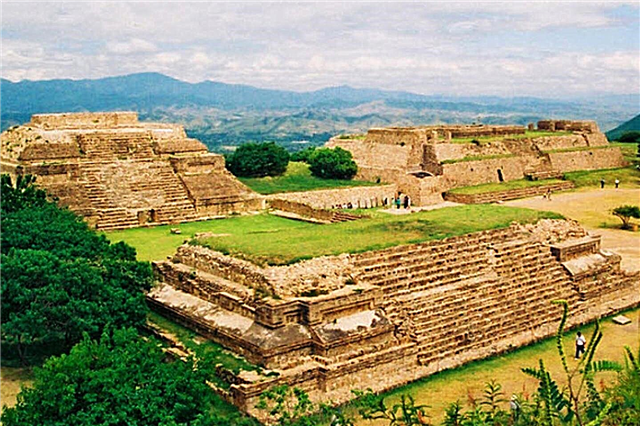 A few kilometers from the city of Oaxaca, in Montealbán you can find the ruins of an ancient multicultural city, which was inhabited by both the Zapotecs and the Mixtecs.
A few kilometers from the city of Oaxaca, in Montealbán you can find the ruins of an ancient multicultural city, which was inhabited by both the Zapotecs and the Mixtecs.
Its extension is quite wide, because going through its main monuments you will find fields of the Big Ball Game, platforms for rituals and other stone buildings.
In addition to its impressive buildings, Montealbán is located at the top of one of the hills of Oaxaca, so the view of the landscape is simply sensational.
Cholula
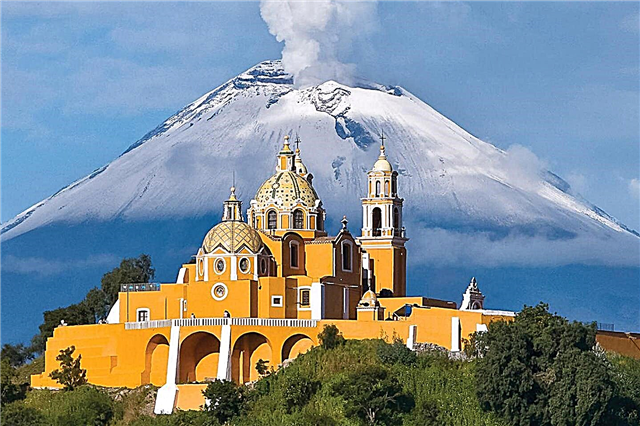 Located in the city of Puebla, Cholula has the emblematic story of how the Spaniards who arrived in this area destroyed the main Toltec temples to build a Catholic church, a religion to which they had to convert.
Located in the city of Puebla, Cholula has the emblematic story of how the Spaniards who arrived in this area destroyed the main Toltec temples to build a Catholic church, a religion to which they had to convert.
As a result, when you visit Cholula, you will be able to find the ruins of its ancient civilization at the base of a mountain, and the church of the Virgen de los Remedios at the tip of it.
The geographical position of the Toltecs in Cholula greatly benefited them for trade with other villages, so among its buildings you will find large squares and huge murals that you cannot find in other archaeological sites.
Comalcalco
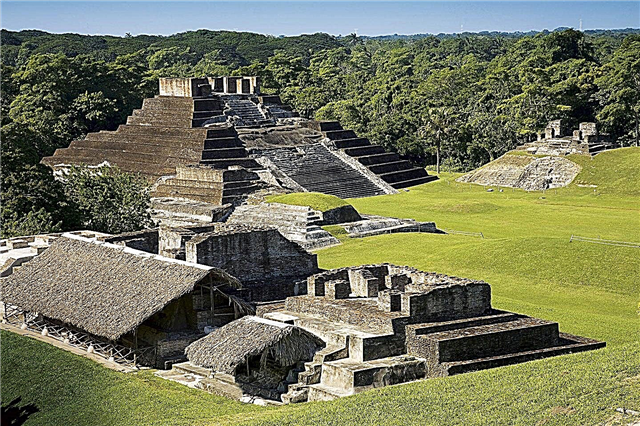 Located in the city of Tabasco, Comalcalco is possibly one of the ancient Mayan cities with the greatest western influence in all of Mexico, to the point of housing objects belonging to ethnic groups from other parts of the world.
Located in the city of Tabasco, Comalcalco is possibly one of the ancient Mayan cities with the greatest western influence in all of Mexico, to the point of housing objects belonging to ethnic groups from other parts of the world.
Its buildings made of rock had a predominantly commercial character, being this one of the cities with the greatest economic activity in pre-Columbian times.
If you walk through its remains, you will be able to find monuments such as the North Plaza, the Tomb of the Nine Lords and other well-preserved structures, as well as highly attractive green areas to spend a different afternoon.
Calakmul
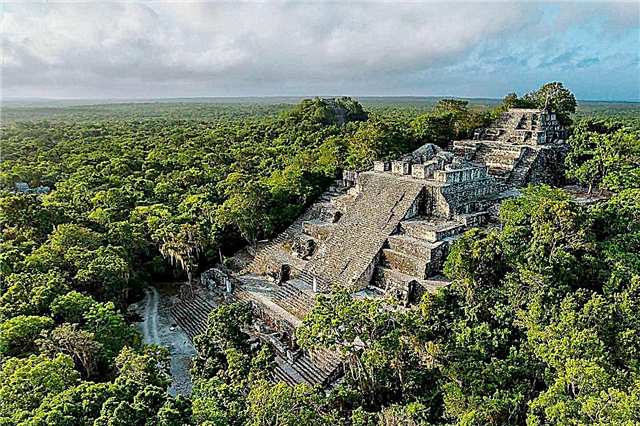 A civilization hidden among the great trees of the jungle, within the state of Campeche, whose visit offers both a paradise of flora and fauna and great architectural constructions.
A civilization hidden among the great trees of the jungle, within the state of Campeche, whose visit offers both a paradise of flora and fauna and great architectural constructions.
Its buildings seem to rise towards the sky, with large staircases that lead to ancient ceremonial squares and, at the top, to a magnificent stone palace.
It houses ancient stelae and painted murals that narrate the lifestyle that was carried out in that civilization, but they are in the process of being repaired to be displayed to the public.
And as if that were not enough, tourists are recommended to wait until sunset before leaving, as the sunset in Calakmul and the mist that later covers the night are a true spectacle of nature.
Bonampak
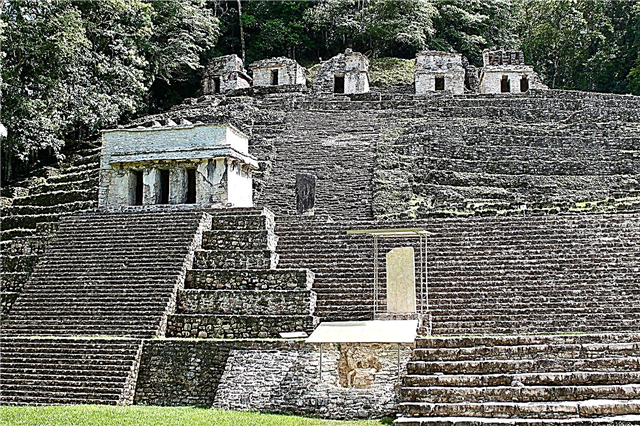 If you are more interested in painting than in archaeological constructions, without a doubt the visit to Bonampak will satisfy your expectations.
If you are more interested in painting than in archaeological constructions, without a doubt the visit to Bonampak will satisfy your expectations.
In its ancient ruins are the most important paintings and murals of the Mayan culture, which have been the subject of a great variety of studies to determine who are the characters exposed there.
Its most representative mural has a size of 112 meters, where among other drawings of rituals and ceremonies, it captures the story of a great battle with hitherto unknown civilizations.
Read our definitive guide on: Tulum, Quintana Roo
Ek Balám
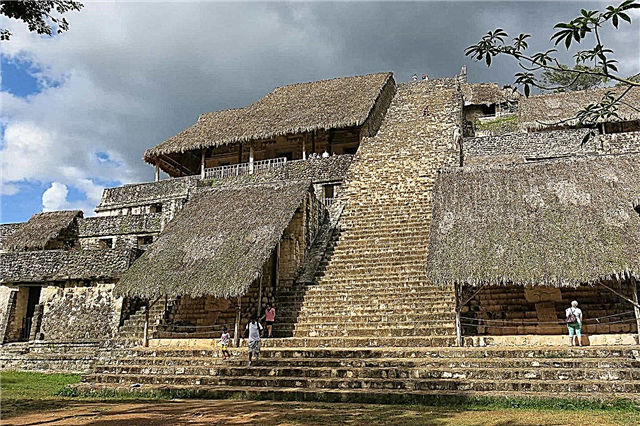 Located in Yucatán, historians discuss whether its name refers to "Estrella Jaguar" or "Black Jaguar", and this refers to the sculpture that can be seen at the entrance to its castle, in which it seems that you enter the jaws of a feline.
Located in Yucatán, historians discuss whether its name refers to "Estrella Jaguar" or "Black Jaguar", and this refers to the sculpture that can be seen at the entrance to its castle, in which it seems that you enter the jaws of a feline.
In its ruins you will find several of the most impressive works made by the Mayans in stucco, with hieroglyphs that range from mythological animals to angels.
Ek Balam was at some point in history a fortress that protected the Mayans, with a double wall that stood outside the city in each of the cardinal points.
Among the most impressive archaeological sites you will see in Mexico, this is undoubtedly one of the first.
Chacchoben
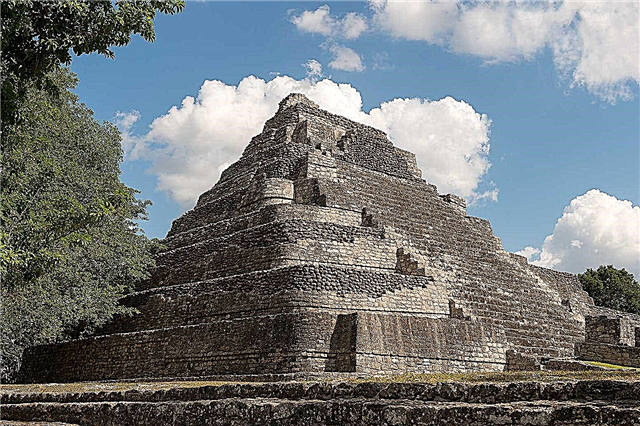 Located in Quintana Roo, it is possibly one of the oldest archaeological sites in all of Mexico, with evidence showing that it was populated long before the appearance of Christ.
Located in Quintana Roo, it is possibly one of the oldest archaeological sites in all of Mexico, with evidence showing that it was populated long before the appearance of Christ.
It has typical buildings of the Mayan style, with high-elevation temples and squares that rise to the top of them.
In addition, the surroundings of Chacchoben are populated by the most diverse fauna that, on occasions, interact with tourists, making the visit an even more interesting experience.
Cacaxtla
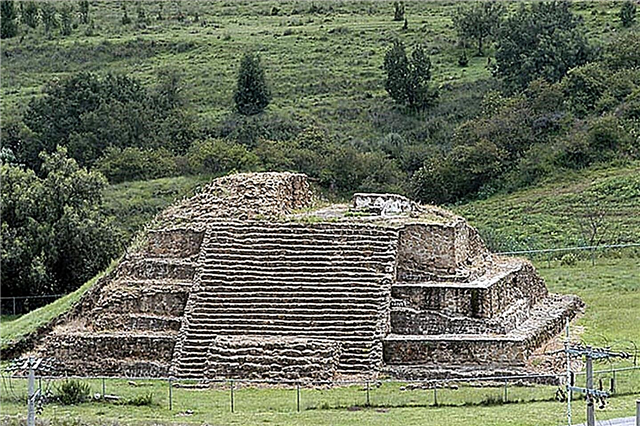 Located in the state of Tlaxcala, it is one of the most important cities for Mesoamerican culture, where the elite of the Mayans lived.
Located in the state of Tlaxcala, it is one of the most important cities for Mesoamerican culture, where the elite of the Mayans lived.
It is a walled city, with underground moats for defense and ornate squares that show the practice of ancient ceremonies.
Its main building is undoubtedly the so-called Great Basamento, which presents numerous ceremonial buildings and a variety of houses, where it is believed that the monks lived.
Similarly, its murals feature paintings that relate epic battles between Olmec jaguar warriors and Huastec bird gladiators, the latter being the ones who lose the fight and are dismembered by their rivals.
Although partially away from the axis of the rest of the archaeological cities, the visit to Cacaxtla is ideal to learn more about this culture.
Cantona
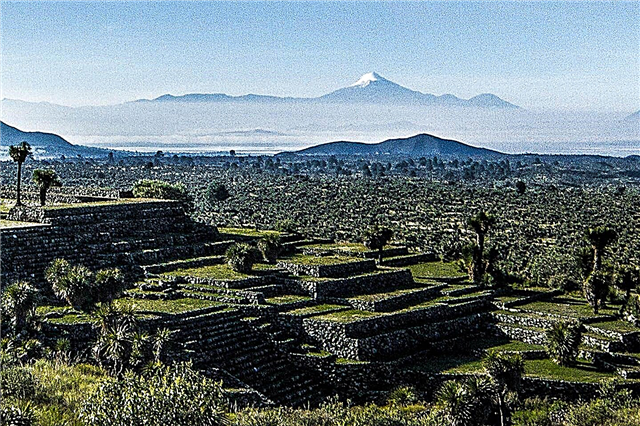 Due to its location in Puebla and the evidence of ancient prosperity, it is stated that it was the rival city of Teotihuacán thousands of years ago.
Due to its location in Puebla and the evidence of ancient prosperity, it is stated that it was the rival city of Teotihuacán thousands of years ago.
It is considered a middle point between a commercial city and an urban area, influenced by Western culture, since in addition to the variety of workshops it houses, there are more than 500 streets and 3,000 homes.
In addition, a total of 24 fields of the Big Ball Game were built in it, ratifying the importance of this city for its inhabitants.
Its doors as an archaeological site opened to the public for a very short time, so it is a perfect visit if you are looking to discover something new to what has been seen so far.
Xochicalco
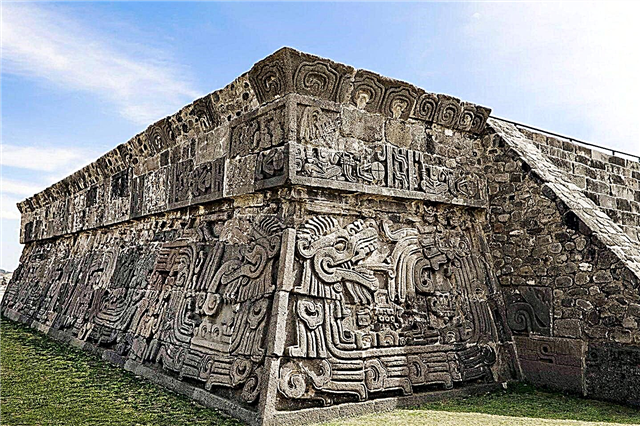 Located in the state of Morelos, Xochicalco is considered one of the most important cities among all the ancient civilizations of Mesoamerica, which brings together buildings of all kinds in the same place.
Located in the state of Morelos, Xochicalco is considered one of the most important cities among all the ancient civilizations of Mesoamerica, which brings together buildings of all kinds in the same place.
In it you will find both residential and commercial buildings, religious ceremonial squares and even defensive moats and walled surroundings.
It also houses two pyramids with engravings of high Mayan influence, these being the Great Pyramid and the Pyramid of the Feathered Serpents.
And in addition, it houses one of the few observatories among the archaeological sites of Mexico, accessible after a high climb of stairs carved in stone.
To learn everything about the ancient Mesoamerican civilizations in one place, a visit to Xochicalco becomes the perfect option.
Tamtoc
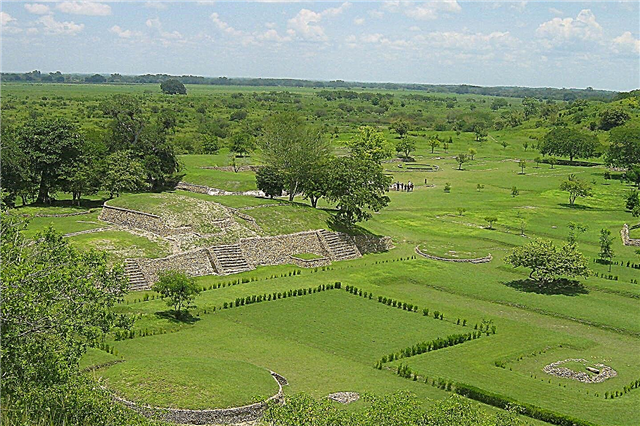 Located in San Luís Potosi and one of the main homes of the Huasteca culture, being inhabited by a total of 16,000 people.
Located in San Luís Potosi and one of the main homes of the Huasteca culture, being inhabited by a total of 16,000 people.
Tamtoc can be considered as one of the oldest research centers of the Mesoamerican civilization, with evidence from the study of hydraulic engineering and astronomy.
Their artistic expressions were worked with materials such as copper, gold, obsidian and basalt, in addition they used to revolve around the cult of women as the nurse of fertility.
It is an archaeological site of great interest for historians or lovers of art worked in stone.
The bell
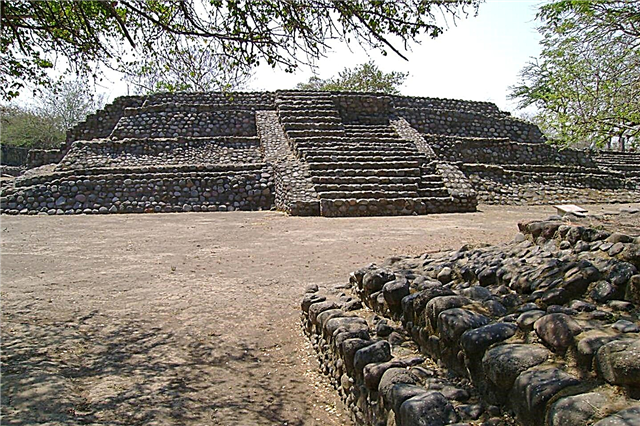 It is one of the few archaeological sites that you can find in Colima, due to its rainy climate most of the year, but La Campana is one of the few exceptions, as they survived thanks to its advanced hydraulic engineering network.
It is one of the few archaeological sites that you can find in Colima, due to its rainy climate most of the year, but La Campana is one of the few exceptions, as they survived thanks to its advanced hydraulic engineering network.
Its name comes from the shape of the hill on which its main buildings are located, among which you can find mainly tombs used for rituals and offerings.
It has an enormous diversity of petroglyphs worth studying, which makes your visit ideal for those who cannot access the areas with the highest concentration of archaeological sites.
The Ironworks
With a wide diversity of buildings for housing, religious, ceremonial, political and other purposes, this archaeological site located in the state of Durango has everything for architecture scholars.
It also has pyramids with scriptures and designs engraved in stone, as well as an observation center for the study of celestial bodies.
Although its remains are not as well preserved compared to other more popular archaeological sites, the Ferrería offers a wide variety of works for those who are far from the center of the country.
Mitla
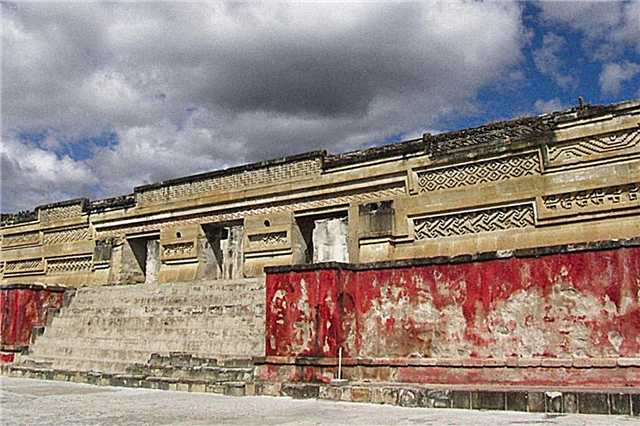 This ancient city, inhabited by the Zapotecs, receives a name that in Nahuatl means “Place of the Dead”, being considered after Monte Alban as the second most important archaeological site in Oaxaca.
This ancient city, inhabited by the Zapotecs, receives a name that in Nahuatl means “Place of the Dead”, being considered after Monte Alban as the second most important archaeological site in Oaxaca.
At first glance, it surprises with the decoration of its facades, whose mosaics were made from limestone rock and are distinguished from other structures found in ancient pre-Hispanic cities.
In addition to its numerous stone engravings, the use of monolithic pillars is observed both for its structural and decorative shape, this being a characteristic of its many temples.
Tzintzuntzan
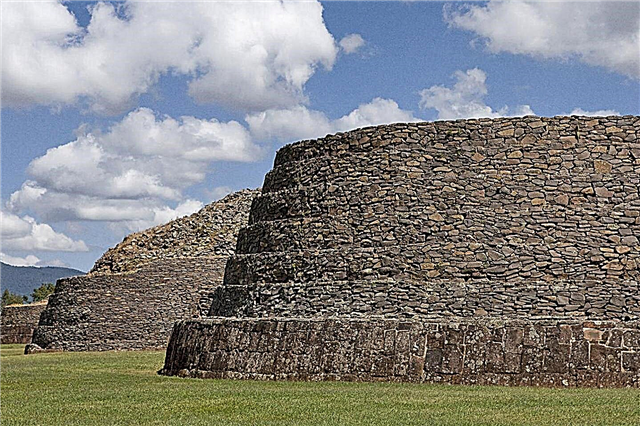 In addition to its characteristic name, which is related to the figure of the hummingbird, in Tzintzuntzan you will find one of the few remains of the Taracos civilization in Mexico.
In addition to its characteristic name, which is related to the figure of the hummingbird, in Tzintzuntzan you will find one of the few remains of the Taracos civilization in Mexico.
It is located in the state of Michoacán, on the banks of the Lermas River, so in addition to archaeological structures you can find a unique landscape in its style.
Furthermore, Tzintzuntzan is characterized by a sober and discreet style, which differs from other pre-Hispanic cities interested in adorning their buildings with precious stones or paintings.
Tula
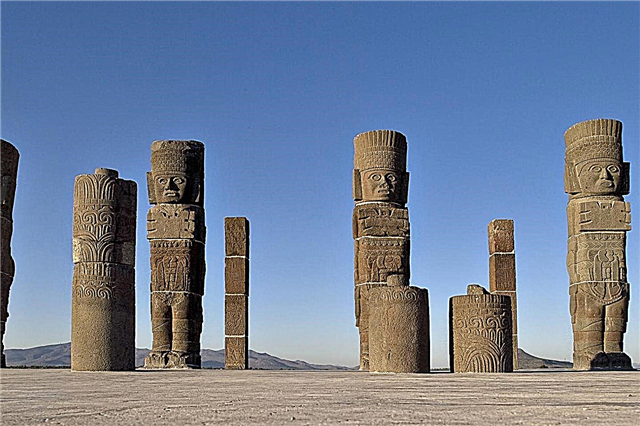 Considered the ancient cradle of commerce in Hidalgo, in Tula the sale of precious stones such as turquoise and jade was concentrated, but also other elements such as precious bird feathers and cocoa.
Considered the ancient cradle of commerce in Hidalgo, in Tula the sale of precious stones such as turquoise and jade was concentrated, but also other elements such as precious bird feathers and cocoa.
Its main attraction are the huge Atlanteans located in the squares, as well as many others that support the Palacio de Quemado, whose decoration with engraved stone is something you should not miss.
If you find yourself visiting Mexico City and looking to see something different from the usual, perhaps the ruins of Tula will satisfy your desires.
Each of these archaeological sites has a unique appeal in its style, from colossal structures to unique engravings that will make you wonder how with so few tools they managed to create such impressive works.
Therefore, if you have the opportunity, it is advisable to visit as many of these archaeological sites as possible.
What did you think of these resorts and which one would you visit first? Share your opinion with others in the comments!

